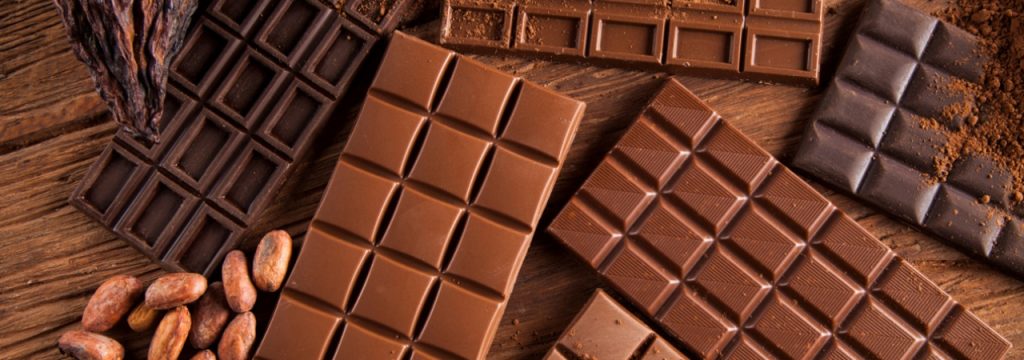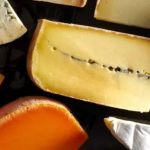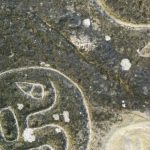
The chocolate of today has undergone numerous changes from its beginnings as an ingredient in a spicy and bitter drink. Numerous cultures have made contributions to create the product that we know today.
Cocoa trees are indigenous to South America's river valleys. By the seventh century, the Mayans had brought the trees north into Mexico, and numerous other cultures, including the Aztecs and the Toltecs, seem to have been involved in the production of cocoa trees. In fact, the words "chocolate" and "cocoa" both came from the Aztec language. When Spanish explorers arrived in Central America in the fifteenth century, they noted that cocoa beans were valued as a currency for trading and were also used to prepare a special drink, cacahuatl, which was made from roasted cocoa beans with red pepper, vanilla, and water. The explorers at first were not very impressed with the cacahuatl because it was so bitter.
The Spanish explorers eventually developed a drink that was more appealing to their tastes. They created a paste by heating a mixture of ground sugar, cinnamon, cloves, anise, almonds, hazelnuts, vanilla, dried cocoa beans, and orange-flavored water; they then smoothed the paste onto flat plantain leaves and let it harden into slabs. Using pieces of the hardened paste, they prepared a drink, which they called chocolatl, by dissolving pieces of the hardened paste into hot water or broth.
The explorers returned to Spain with their discovery, and chocolate soon became an exotic treat. From Spain, the use of chocolate spread to England, where a chocolate drink was served in chocolate houses, which were fashionable versions of the coffeehouses that had sprung up in London in the 1600s. By the mid-seventeenth century, chocolate was being dissolved in milk rather than water, the precursor of milk chocolate.
In the nineteenth century, a number of inventions led to refinements in chocolate. In 1828, Dutch chocolate maker Conrad van Houten invented a press that would squeeze much of the cocoa butter out of cocoa beans. With van Houten's press, it was possible to separate cocoa beans into cocoa powder and cocoa butter, which enabled the production of more refined products. It was possible to create a much smoother and tastier drink by blending cocoa powder without the cocoa butter into hot liquids, and the cocoa butter blended more easily with sugar to create a smoother paste for the production of chocolate candies. Then, in the 1870s, Swiss candy makers improved chocolate production by adding the dried milk recently created by the Nestle Company to chocolate to make solid milk chocolate.
By the end of the nineteenth century, chocolate was quite a popular treat, yet it was rather expensive and was not widely enjoyed because of its prohibitive price. American candy maker Milton Hershey set out to make chocolates more affordable and available. Hershey was operating the successful Lancaster Caramel Company, a company that he had founded in 1886. He was using fresh milk in the production of his caramels, and he soon began experimenting with a combination of fresh milk and chocolate. He created the Hershey Chocolate Company in 1894 to make chocolate coatings for his caramels. He also decided to use mass production techniques to create large quantities of individually wrapped and affordable chocolates for the public. The company began selling the "Hershey Bar" in 1900 for only a nickel apiece, and in that year Hershey also decided to sell his caramel factory to concentrate entirely on chocolates. He began building a new factory in Derry Church, Pennsylvania; the company began operating there in 1905, and by 1906 the community had been renamed Hershey. Hershey's product, a single serving of reasonably priced chocolate, was to become a huge success.





